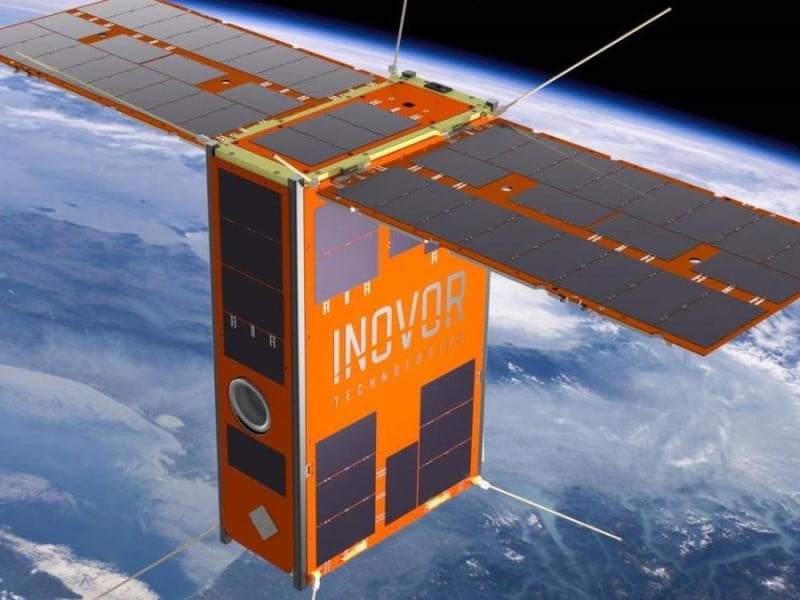The first South Australian-made satellite will launch aboard a SpaceX Transporter mission in October 2023 to begin its three-year mission with support from the state government and a consortium of local manufacturers.
Prime contractor and Internet of Things connectivity provider Myriota signed an agreement with Dutch launch services provider ISILAUNCH to take the satellite Kanyini into low earth orbit on the SpaceX Falcon 9 rocket.
While Kanyini was originally expected to launch at the end of 2022, the SmartSat Cooperative Research Centre’s Kanyini mission director Peter Nikoloff said that development was delayed by the global shortage in electronic components and boards, particularly as most subsystem construction was undertaken in Australia.

The South Australian government invested $6.5 million to support the mission over its three-year lifespan. It is a standard 6U CubeSat, which is about the size of a cereal packet.
The lifespan of the satellite is largely governed by the deterioration of the lithium-ion battery from prolonged use, as well as the exposure of other components to cosmic radiation. On the risk of becoming space junk, Mr Nikaloff said that satellites in low-earth orbit generally “fall out of orbit anyway” and burn up in the atmosphere.
Finding space on scheduled launches was also a challenge, with Mr Nikoloff noting that “there’s not that many options out there that are quite cost effective”. He also added that while the long-term vision in Australia is to “launch spacecraft in orbit from our own territory”, it is currently not ready.
“You don’t necessarily want to put your very valuable expensive asset onto the vehicles first test flight, for example. You want to prove their technology with low-risk type payloads, which I’m sure they are working very hard to do,” he said.
The satellite is being designed and built by Inovor Technologies at its facility at Adelaide’s tech precinct Lot Fourteen.
The satellite bus is Inovor’s Apogee fitted with a IoT payload and an earth observation payload that features a hyperspectral imaging capability from Dutch firm cosine.
The IoT payload will add to the Myriota Network, which connects to devices and sensors on earth. The earth observation payload can provide data for several applications such as to improve and monitor water quality, crop health and bushfire resilience.
Mr Nikoloff said that the SmartSat Cooperative Research Centre will be using the data on collaborative research into artificial intelligence with the European Space Agency. Modelling work will be undertaken within the first couple of months with advanced projects to come along in the second and third year.
South Australian Deputy Premier and Minister for Defence and Space Industries Susan Close said that she was excited to soon be the first state government to launch a locally manufactured small satellite to low earth orbit.
“South Australia is leading the charge in accelerating innovation and growth in the space sector and this mission presents an important opportunity for local industry to play a key role in furthering our national endeavours to build sovereign earth observation capability, provide secure access to data from space and expand our satellite design and manufacturing expertise,” Ms Close said.
In Pitjantjatjara, the word Kanyini describes “the principle of responsibility and unconditional love for all of creation”, capturing the spirit of the satellite’s earth observation capability. A competition to name the satellite was won by Findon High School.
Do you know more? Contact James Riley via Email.

